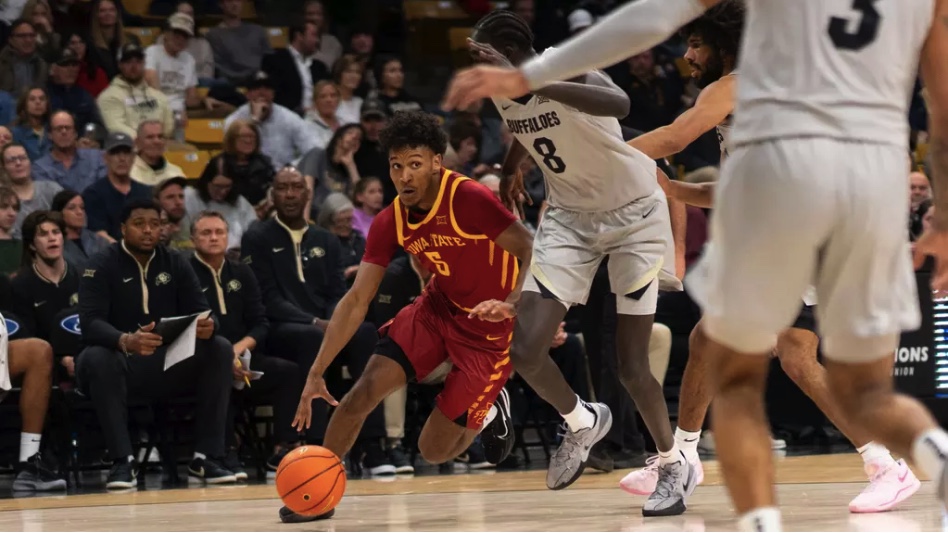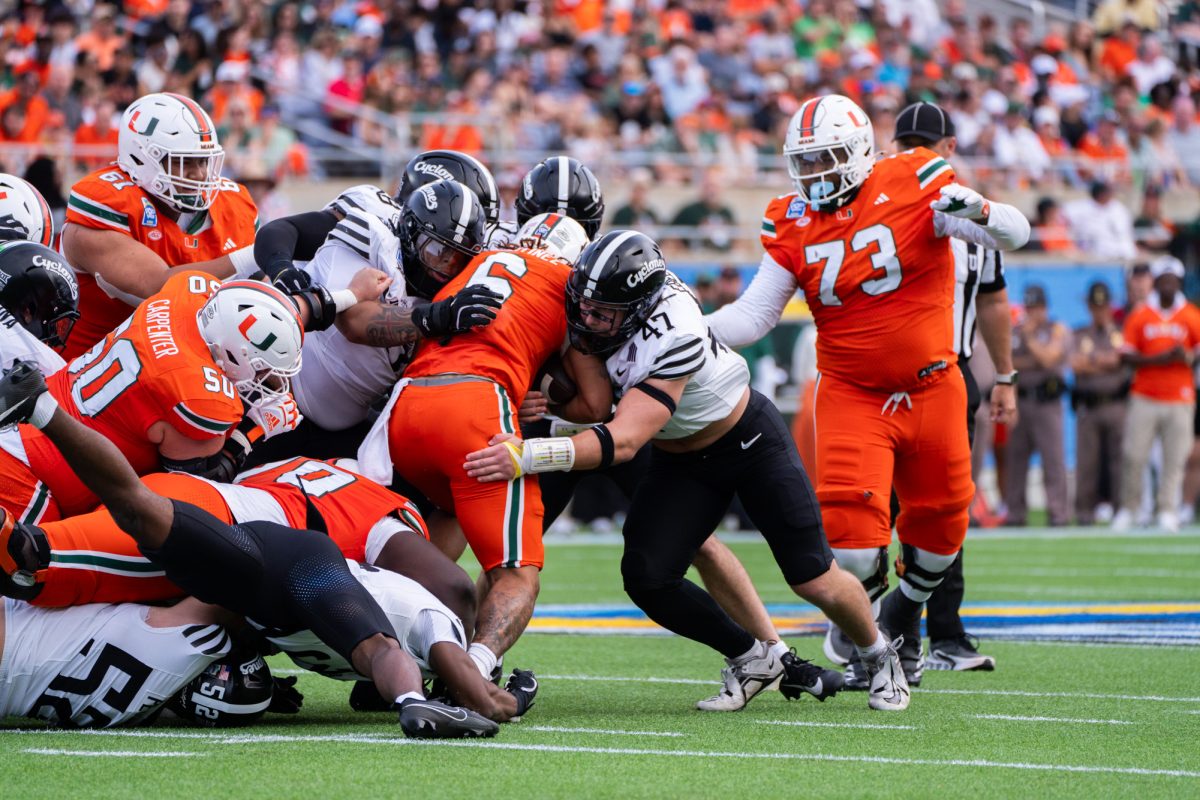This is Halloween
October 29, 2008
While students dressed as witches celebrate Halloween on Friday, students who actually are witches will be celebrating a holiday more similar to Thanksgiving.
Samhain — pronounced “Sau-wen” — is a holiday celebrated by Wiccans on Friday, annually, in celebration of the final harvest, said Nikki Bado-Fralick, faculty adviser of the ISU Pagan Community, director of religious studies, associate professor of philosophy and religious studies.
“In Wicca, you have the idea of honoring your ancestors. Samhain is a time when you would pay them respect,” Bado-Fralick said.
Wicca, also known as Witchcraft or the Craft, is a modern re-creation of a pre-Christian, nature-based religion, Bado-Fralick said. Both male and female members of the religion call themselves witches, and Bado-Fralick said the term “warlock” is a term that comes from horror movies.
She said although there are some misconceptions about Wicca in this predominately Christian society, she thinks a lot of people understand that followers of the religion don’t cook in cauldrons and fly on broomsticks.
“Some people are probably still thinking that witches have something to do with the Christian conception of the devil, and that’s not the case,” Bado-Fralick said. “I think today there are probably a lot of fairly well-informed people that realize that Wicca is a religion like any other religion, and it deserves some respect.”
Bado-Fralick said she is a folklorist, and has given many lengthy lectures on the origins of holidays, including the modern Halloween, which is related to the pre-Christian pagan celebration, Samhain.
She said in Europe, people would set up markers to guide their ancestors to their homes for a large meal in their honor.
“In Europe, you would probably be carving turnips or gourds, but in America, it became pumpkins. You would maybe put lights in them, and you would light the way from the cemetery to the house,” Bado-Fralick said.
She said families would set a place at the table for deceased family members, and prepare some of their favorite dishes.
She also said Samhain was traditionally a time for people with bountiful harvests to share some of their wealth with neighbors who weren’t as fortunate.
“This is the time of year when you make sure to include your neighbor. You give to other people and share what you have, because some year it might be you who is in need,” Bado-Fralick said.
Eventually, this tradition evolved into Beggars’ Night, Bado-Fralick said, which is what we now refer to as “trick-or-treating.”
When Christianity became the dominant religion in Europe, some parts of the Samhain celebration were changed, Bado-Fralick said. For instance, instead of carved gourds guiding ancestors home, spooky “jack o’lanterns” were intended instead to drive evil spirits away.
“The story changes in time, and it changes under different religions. When Christianity came in, it took what it liked and what it thought was a good idea, and kind of got rid of the rest. It became a scary thing,” Bado-Fralick said.






